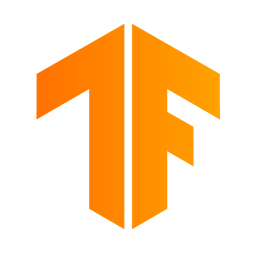Graph Node-Feature Convolution for Representation Learning
Graph convolutional network (GCN) is an emerging neural network approach. It learns new representation of a node by aggregating feature vectors of all neighbors in the aggregation process without considering whether the neighbors or features are useful or not. Recent methods have improved solutions by sampling a fixed size set of neighbors, or assigning different weights to different neighbors in the aggregation process, but features within a feature vector are still treated equally in the aggregation process. In this paper, we introduce a new convolution operation on regular size feature maps constructed from features of a fixed node bandwidth via sampling to get the first-level node representation, which is then passed to a standard GCN to learn the second-level node representation. Experiments show that our method outperforms competing methods in semi-supervised node classification tasks. Furthermore, our method opens new doors for exploring new GCN architectures, particularly deeper GCN models.
PDF Abstract

